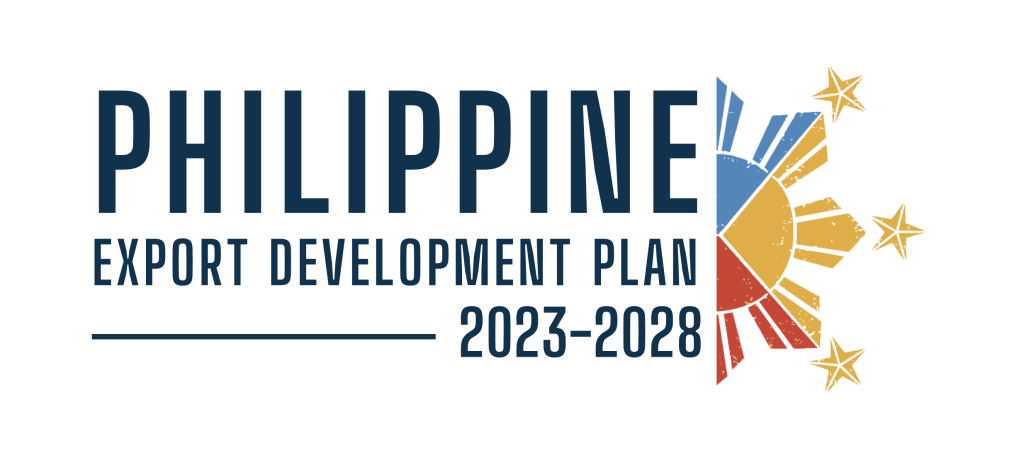The Export Development Act of 1994 (EDA) mandates the Department of Trade and Industry (DTI) to prepare a rolling three (3)-year Philippine Export Development Plan (PEDP) that defines export thrusts, strategies, policies, programs, and projects to be jointly implemented by the government, export sector and other stakeholders.
However, despite the carefully crafted PEDPs over the last 28 years, the Philippines’ export performance lags behind its comparable ASEAN neighbors. While the country’s export earnings nearly doubled over the past 21 years, growing 1.9 times, its neighbors saw their exports multiply by three (3) to more than 23 times in the same period. Indonesia’s export earnings were 3.1 times that of the Philippines, while those of Thailand were 3.6 times, Malaysia four (4) times, Vietnam 4.5 times, and Singapore 6.1 times in 2021.1
Despite these challenges, the Philippines is a service export powerhouse, boosting its services 1 From 2000 to 2021, Malaysia’s export earnings grew 3.1 times, Indonesia 3.7 times, Singapore 3.3 times, Thailand 3.9 times, and Vietnam, a phenomenal 23.2 times exports by nearly 10% per year, reaching USD 33 billion in 2020. Services exports significantly contribute to and increase the domestic content of total exports. The Information Technology and Business Process Management (IT-BPM) sector is one of the best-performing and employment-generating activities in the past years, showing a promising growth trajectory. The sector’s global leadership in voice-based services as well as continuing improvements in non-voice and complex process outsourcing have significant implications in terms of the level and composition of consumption and investment, especially in the Metro Manila and Cebu areas. However, substantive analysis of service sector development is constrained by the weakness of the data.
The Philippines’ wide export gap relative to its ASEAN neighbors suggests underlying fundamental shortcomings that a development plan focused on the export sector alone may be unable to address adequately. This could reflect more basic structural weaknesses in the overall economy that may be rooted in policy, governance, and institutions. The weakness of the country’s agriculture sector also mirrors the weak export performance, as the Philippines’ agricultural exports are an outlier among its ASEAN peers. The COVID-19 pandemic and the more recent Russia-Ukraine conflict present a particularly challenging environment to plan export development in the years ahead. However, there is wide scope for further growth in Philippine exports.
Its ASEAN neighbors have long shown that export potentials are vast, and while past PEDPs have largely achieved their defined targets, the robust export performance of ASEAN neighbors indicates room for much greater ambition, aggressiveness, and creativity in plotting and pursuing future directions for Philippine exports. The new PEDP seeks to identify and fill past gaps and, at the same time, break new ground in plotting the country’s export trajectory over the next five years, adapting to the post-pandemic “new normal.”


